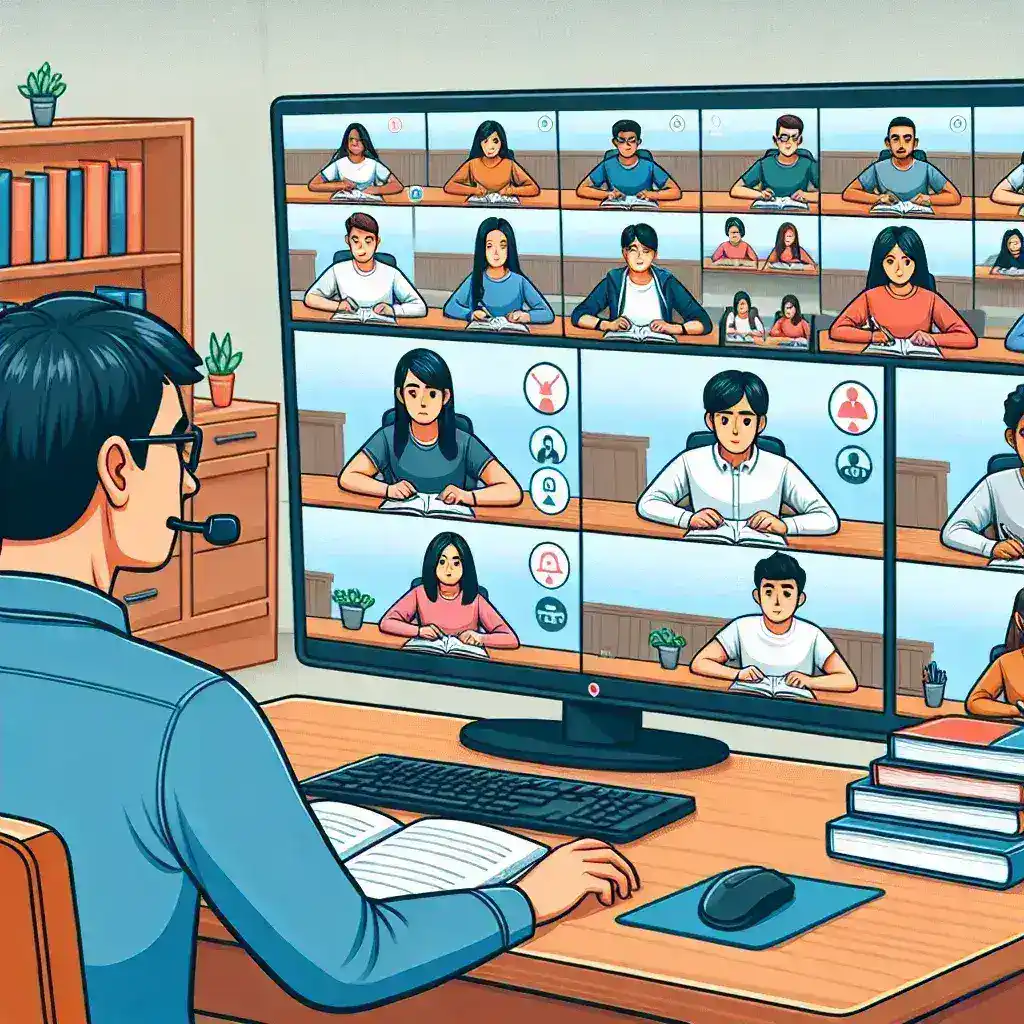Introduction
The shift to online education, especially in the wake of the COVID-19 pandemic, has led to significant changes in the way assessments are conducted. One notable change is the increased reliance on webcams during online exams to ensure academic integrity. Managing webcam usage effectively is crucial for educators to minimize cheating and maintain a fair testing environment.
Table of Contents
- The Importance of Webcam Use in Online Exams
- Challenges in Managing Webcam Usage
- Technological Solutions
- Best Practices for Teachers
- Ethical Considerations
- Future Trends
The Importance of Webcam Usage in Online Exams
Webcam usage in online examinations helps monitor students to ensure they adhere to the rules and guidelines set forth for the test. This technological approach plays a crucial role in mitigating the risk of academic dishonesty. Below is a table summarizing the key benefits of using webcams during online exams.
| Benefit | Description |
|---|---|
| Deterring Cheating | Webcams act as a deterrent to prevent students from resorting to dishonest practices. |
| Monitoring Behavior | Teachers can observe student behavior in real-time to identify any suspicious activity. |
| Verification | Webcams can help verify the identity of the student taking the exam. |
| Recording | Exams can be recorded for post-exam reviews in case of any disputes or suspicions. |
Challenges in Managing Webcam Usage
While webcams offer numerous benefits, managing their usage also comes with several challenges:
- Privacy Concerns: Students may feel their privacy is invaded when forced to use webcams.
- Technical Issues: Not all students have access to high-quality webcams or stable internet connections.
- Proctoring Stress: Continuous monitoring can create stress and anxiety among students.
- False Positives: Innocent behaviors might be misinterpreted as cheating.
Technological Solutions
Modern technology offers various solutions to help teachers manage webcam usage more effectively:
Automated Proctoring Software
Several software solutions automate the proctoring process, identifying suspicious activities using AI algorithms. Examples include ProctorU, ExamSoft, and Respondus.
Secure Exam Platforms
Platforms like Moodle and Blackboard offer integrated proctoring features, making it easier for teachers to manage exams within a single ecosystem.
Multifactor Authentication
Implementing multifactor authentication can ensure that the student taking the exam is indeed the registered student.
Best Practices for Teachers
Effective management of webcam usage involves several best practices:
- Pre-Exam Orientation: Conduct sessions to familiarize students with the exam process and webcam usage.
- Clear Guidelines: Provide explicit rules for webcam usage and what constitutes suspicious behavior.
- Regular Checks: Perform periodic checks during the exam rather than monitoring continuously for less intrusive supervision.
- Technical Support: Ensure that technical support is available to resolve any issues promptly.
Communication
Maintain open communication channels with students to address any concerns related to webcam usage and privacy.
Ethical Considerations
Managing webcam usage also involves navigating several ethical considerations:
- Consent: Obtain explicit consent from students for using webcams during exams.
- Data Security: Ensure that recorded data is securely stored and handled responsibly.
- Transparency: Be transparent about how the recordings will be used and stored.
- Fairness: Ensure that all students are equally subject to the same monitoring protocols to maintain fairness.
Future Trends
The future of webcam usage in online exams may see several advancements:
- Improved AI Proctoring: Advanced AI technologies may allow for more accurate and less intrusive monitoring.
- Enhanced Privacy: Development of non-intrusive methods that balance monitoring and privacy concerns.
- Hybrid Models: Combining traditional and online proctoring methods to offer a more flexible and fair assessment environment.
- Blockchain Technology: Utilizing blockchain for secure and transparent management of exam data and authentication processes.
Conclusion
Managing webcam usage during online exams is a multifaceted task that involves balancing technological, ethical, and practical considerations. By adopting best practices, leveraging technology, and maintaining clear communication, teachers can effectively manage webcam usage to ensure a fair and secure examination process.

